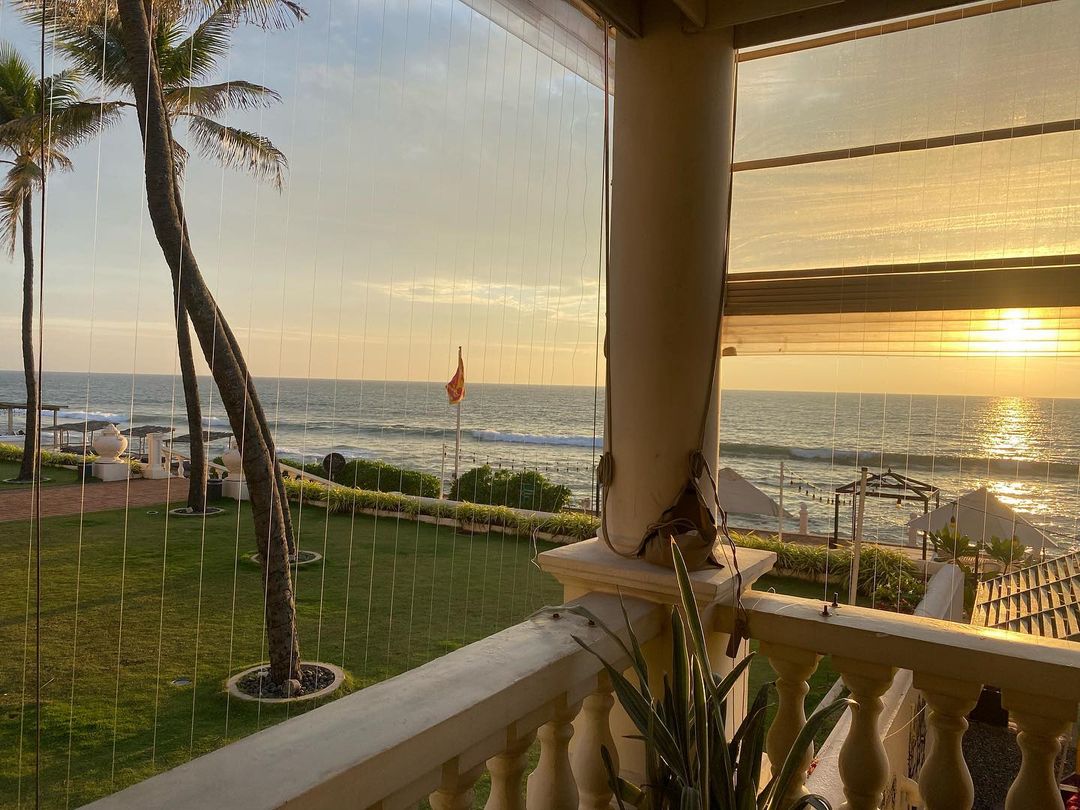Samudika Weliweryage is a PhD-student in tourism studies at Mid Sweden University since 2022. Her research field is consumer behaviour and pro-environmental behaviours in tourism. She has a bachelor’s degree in business management, from the University of Kelaniya, Sri Lanka and a master’s degree in Tourism and Destination Development from Dalarna University.

What are the key factors to develop sustainable travel practices further?
There are many ways. However, the most effective way to promote sustainable travel is by making it easier, more enjoyable, and cost-effective. In tourism, where pleasure is a priority, encouraging sustainable practices can be challenging without these factors. For example, Åre a popular mountain biking destination in Sweden, is accessible via sustainable transportation like trains. However, most visitors still rely on fossil fuel-based cars. Research shows that this is because sustainable travel options are often seen as inconvenient, expensive, and less enjoyable compared to their counterparts. Addressing these issues requires multi-stakeholder collaboration between the public and private sectors to make sustainable travel more appealing.
What key trends do we observe in the post-pandemic travel and tourism sector?
Among many trends a few that stand out include revenge travel, the rise of workations and digital nomadism, heightened interest in wellness tourism, transformative tourism and nature-based tourism in peripheral regions. One of the most immediate changes in tourist behaviours was revenge travel, which resulted in a sharp increase in tourists’ long-distance travel due to the pandemic fatigue. Another emerging travel trend is workations and digital nomadism. Remote working became normalized during the pandemic, vastly changing people’s perception of how and where we work and our work-life balance. As a result, many individuals are now realizing their dreams of visiting tourist destinations without compromising their professional lives.
As mentioned previously, the pandemic was a wake-up call for many individuals regarding their physical and mental well-being. This further accelerated the popularity of wellness and transformative tourism activities such as yoga and spa retreats, adventure tourism activities focused on improving physical activity, and nature-based tourism.
How can the Sri Lankan tourist industry attract Swedish tourists further?
First, work with market insights. Understand the market, especially the different tourist segments within the Swedish market, their demographics, their travel needs, preferences and travel planning behaviors. This calls for collaboration with different players such as Swedish tourism authorities, industry associations, travel and tour operators and so forth. Based on these insights, the Sri Lankan tourism offer and its value propositions must be further explored and aligned with the needs of the identified market segments. The next, crucial step is to maintain and execute a consistent and integrated destination marketing campaign to effectively reach the Swedish market.
